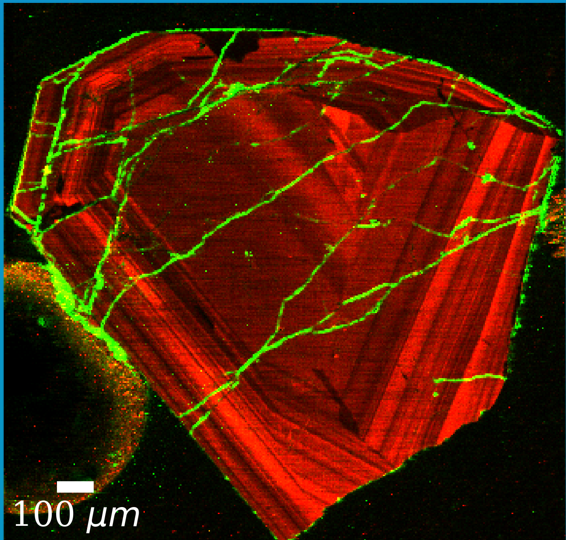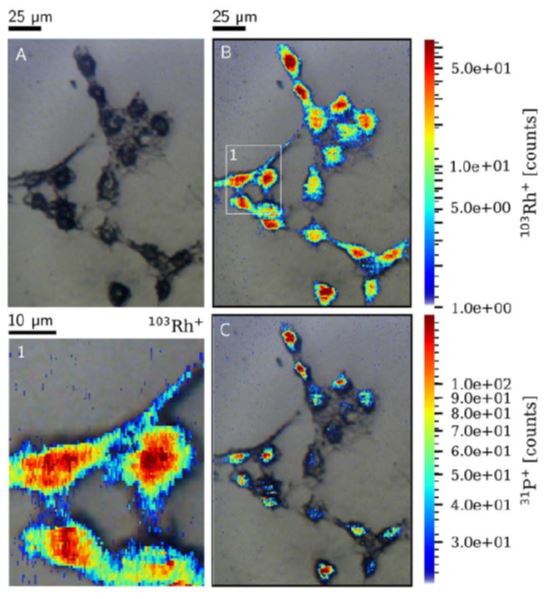Teledyne CETAC Blog
Teledyne CETAC
Recent Posts
Shorter is Better: The Advantages of Femtosecond Lasers in LA-ICP-MS
Posted by Teledyne CETAC on Dec 14, 2020 12:29:02 PM
Tags: Laser Ablation
TELEDYNE LASER ABLATION SYSTEMS ENGINEERED BY SCIENCE
Posted by Teledyne CETAC on Apr 6, 2020 1:47:44 PM
This past week saw the publication of yet another exceptional academic paper from Prof Vanhaecke’s A&MS research group at Ghent University.
The paper in Analytical Chemistry is titled “Sub-µm nanosecond LA-ICP-MS imaging at pixel acquisition rates above 250 Hz via a low-dispersion setup” and is authored by Dr. Stijn van Malderen, Dr. Thibaut Van Acker and Prof. Frank Vanhaecke. It provides an in-depth characterization of the Cobalt ablation chamber now released by Teledyne Photon Machines as an integral part of the Iridia laser ablation system.
After more than 18 months of extensive field testing there is a wealth of data presented, clearly demonstrating the importance of scientific collaborations when developing analytical laser ablation capabilities and giving real credibility to the commercial specifications highlighted in Teledyne’s marketing literature. This system is truly engineered by science.
Tags: Laser Ablation, LA-ICP-MS
Atom-Eyes: Visualizing Elemental Distributions with Laser Ablation – Inductively Coupled Plasma Mass Spectrometry
Posted by Teledyne CETAC on Oct 11, 2018 12:32:56 PM
Tags: Laser Ablation, Elemental Imaging, LA-ICP-MS, Trace Element Mapping
Toxic Mud from Brazil Dam Break Reaches Atlantic Ocean
Posted by Teledyne CETAC on Aug 17, 2018 2:26:40 PM
Along the banks of a nine-kilometer stretch of the Rio Doce in Brazil are bright orange barriers similar to ones deployed at sea to help contain oil spills. The barriers were erected to protect plants and animals along the banks from toxic mud that has traveled more than 500 km from a collapsed dam that was holding wastewater produced by mining activities. The 2.2 billion cubic feet of toxic mud has now reached the Atlantic Ocean. On its way to the Ocean, the mud destroyed villages close to the dam and leveled approximately nine square kilometers of vegetation.
Tags: Nebulizers





